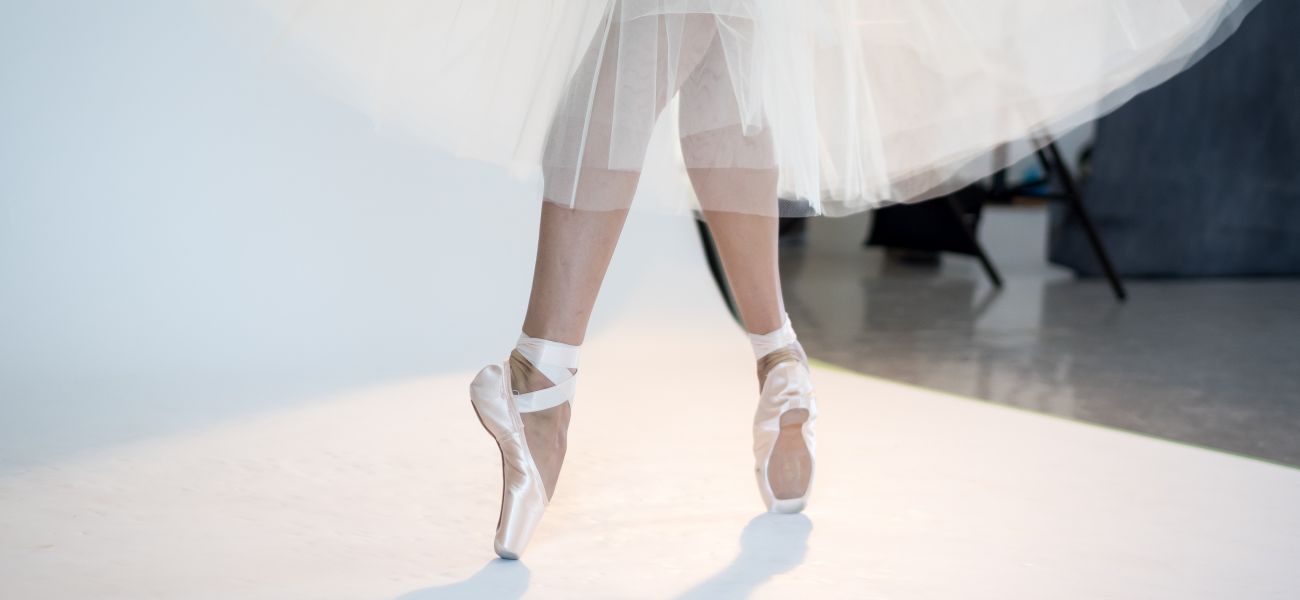10 things you didn’t know about pointe shoes —
1.
Charles Didelot first helped dancers rise up on their toes in 1795. His "flying machine" lifted dancers upward, allowing them to stand on their toes before leaving the ground. This was well received by audiences and choreographers began to look for ways to incorporate pointe work into their pieces.
2.
Marie Taglioni is the first known ballerina to dance en pointe. She performed La Sylphide. Taglioni stuffed the toes of her soft shoes with starch and other materials.
3.
Each pointe shoe is handmade, no two pairs are identical. The tip of the shoe is a rigid box made of densely packed layers of fabric, cardboard and/or paper hardened by glue. The rest of the shoe is made of leather, cotton and satin.
4.
There are only around twenty manufacturers that produce pointe shoes. Each manufacturer has different varieties of pointes, these differences are usually to do with the shape of the box. The box is a rigid enclosure in the front end of the shoe that encases and supports the dancer's toes.
5.
Dancers start en pointe at different ages. Dance teachers must assess their students carefully to ensure that they are really ready. Areas are assessed include strength and mobility.
6.
Pointe work can be painful. The pain threshold of ballerinas to non-ballerinas is 3:1 ballerinas.
7.
It takes 30-45 minutes to prepare one pair of pointe shoes. Each dancer has different methods of preparing their pointes and breaking them in.
8.
Principal Dancers can go through 2-3 pairs of pointe shoes during one performance.
9.
Accessories that can be used when wearing pointe shoes include - toe pads which are pouches that cushion the toes, gel toe spacers that adjust toe spacing to alleviate pain at the bunion joint and lambswool or tape wrapped around toes to reduce the likelihood of blisters.
10.
A Company of professional ballet dancers can spend 26,000 hours en pointe during one year.
